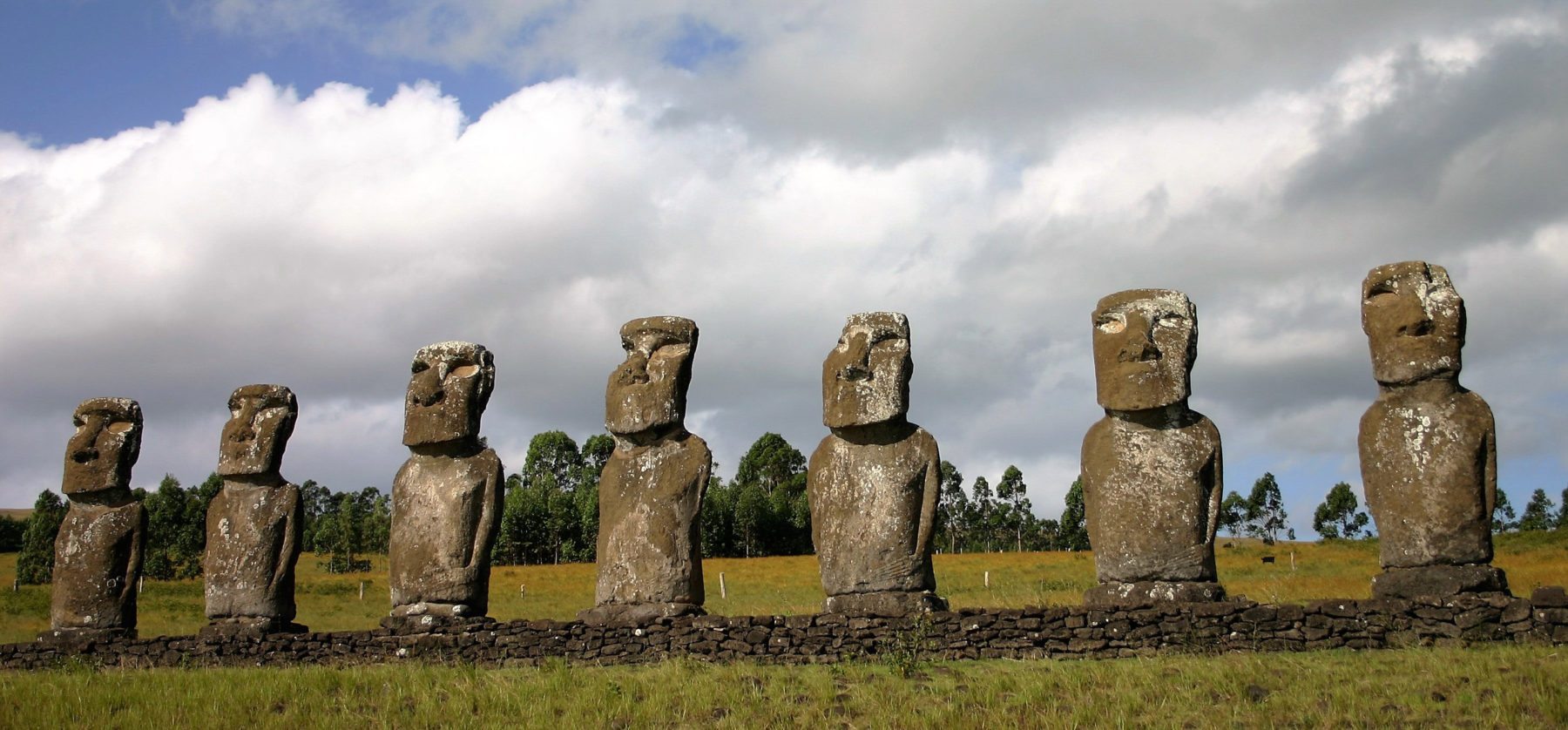Toppling statues: symbols of racial repression must fall
In public places across the United States, demonstrations have been taking place with the goal of removing statues that celebrate heroes of the Confederate era.
The issue is that, for others, these statues symbolise an era of slavery, lynchings and racial repression; a truly dark chapter of American history and a source of never-ending trauma for many African-Americans.
Should these statues be removed, or is that disingenuous to our history?
Should these statues be removed, then, or is that disingenuous to our history? Is the toppling of statues an ode to a more progressive nation, or an erosion of a freedom to debate?
The main problem is that these statues are sculpted to be celebrated and thus are arranged in prideful poses. Similarly in the UK, a statue of Cecil Rhodes, former Prime Minister of the Cape Colony, stands proudly above the entrance to Oriel College, Oxford, despite his contribution to the suffering of thousands of black lives. The irony speaks for itself.
In the US, white supremacists have defended Confederate statues on the premise that they symbolise Southern pride
In his will, Rhodes generously gifted money for a scholarship scheme, hence the statue. Yet he is also responsible for the massacre of tens of thousands of Africans and the imposition of a regime which based itself on severe labour exploitation. Despite such atrocities however, we have chosen to remember him for the scholarship scheme.
Likewise in the US, white supremacists have defended Confederate statues on the premise that they symbolise Southern pride. The facts clearly indicate, however, that their construction was approved during the height of Jim Crow segregational laws in the early 1900s and during the rise of the Civil Rights movement in the 1960s. They were actually constructed to symbolise white supremacy.
These statues are reflections of how we wish to view our history; a subjective freeze-frame on how we collectively remember the past
These statues are therefore clearly not ‘facts of history’ which we must submit ourselves to, as Trump and other critics have been quick to note. Rather, they are reflections of how we wish to view our history; a subjective freeze-frame on how we collectively remember the past.
If these statues continue to be shown in this fashion (with an innocence and complete omission of their historical context), then how can we possibly hope to eradicate the wave of white supremacy and xenophobia which is plaguing Western nations?
Removing a statue does not change history, despite the arguments of many critics
These statues are not simply isolated and nostalgic curiosities of a distant past. Rather, they are an intrinsic reflection of the institutionalised racism of our society. Its ramifications in the US are exemplified by the numerous instances of blatant racism from the American police force, with African-Americans being three times more likely than whites to be killed by police violence.
In the UK, Femi Nylander, an activist for the ‘RhodesMustFall’ campaign, notes that Rhodes’ continuing presence is a reflection of a university which notoriously ‘intakes more students from Eton each year than black students’ and which, in 2010, only admitted one Afro-Caribbean student in its entire undergraduate intake.
We must shift our gaze and provide some historical justice for those who have suffered under such figures
Removing a statue does not change history, despite the arguments of many critics. It merely changes our perspective of its characters. Monuments in public spaces make a statement about what we value. Following this logic and providing that everyone desires to work towards a more inclusive society (rather than one plagued by indifference and ignorance), we must change these monuments.
A prime example is found in Caracas, Venezuela; when they toppled the statue of Christopher Columbus in 2004. They did not simply reject that part of their history, as if the removal of Columbus’ statue somehow healed the many indigenous who were brutalised at his hands. Rather, they shifted their gaze and honoured the indigenous chief, Guaicaipuro, who resisted against Spanish colonials 500 years ago.
The removal of statues, and art in general therefore, is not aiming to erase history, but rather shift our gaze and provide some historical justice for those who have suffered under such figures.

Comments